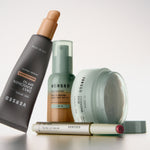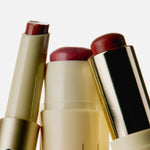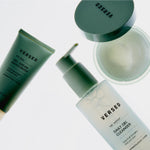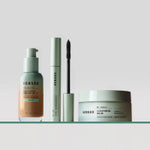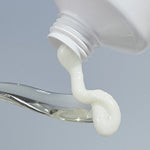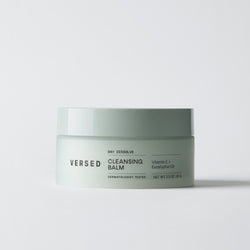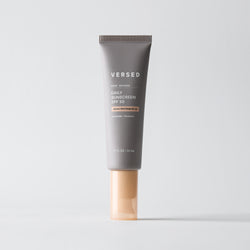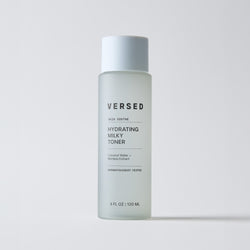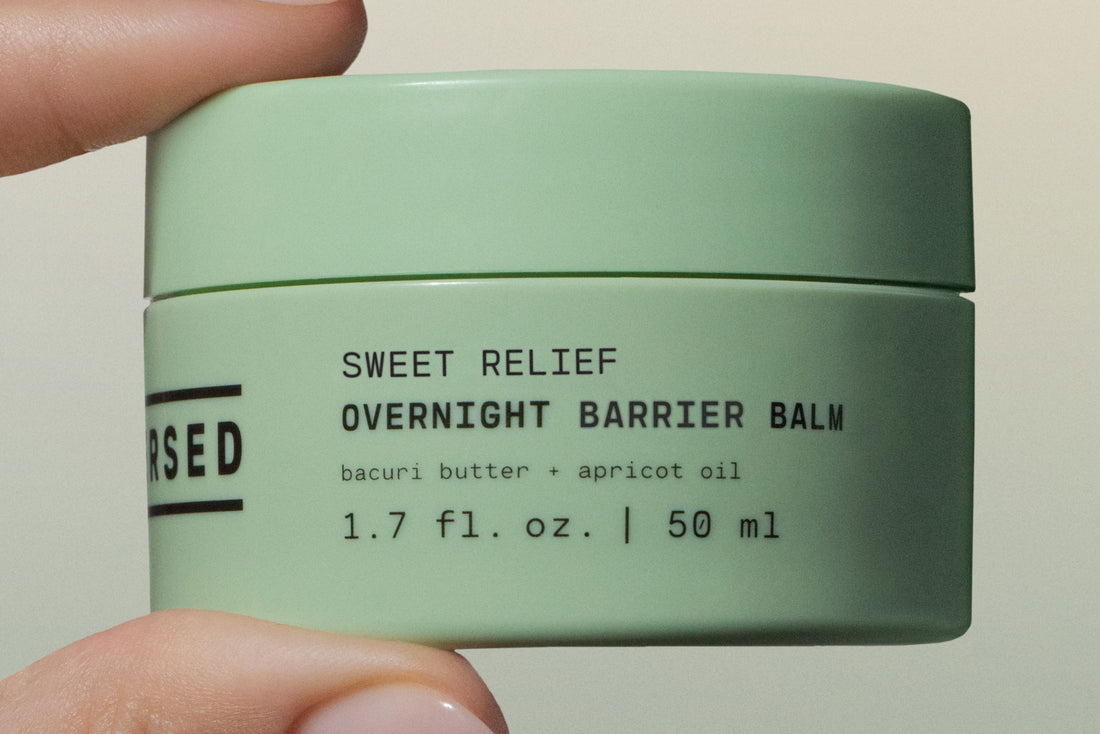If you’re deep into skincare TikTok like we are (we’ll admit we tried chlorophyll water), you’ve probably seen the term “slugging” pop up more and more recently on your FYP. While the word doesn’t sound particularly appetizing, users (including Martha Stewart) report slugging to be majorly beneficial for their dry, aging skin. Some even swear by the practice as a treatment for their eczema.
Like any skincare trend, just because an ingredient or product is buzzy, doesn’t mean it’s the best choice for your complexion. But is slugging worth it? We reached out to board-certified dermatologists Dr. Anna Chacon, M.D., and Dr. Nancy Samolitis, M.D., and asked them to weigh in on the trend. Read their thoughts below.
What Is Slugging?
Slugging is a K-beauty skincare ritual that surged in popularity on Reddit and more recently, TikTok although, according to Dr. Samolitis, the practice has been around for over 100 years. The name quite literally refers to the practice’s sliminess—just like a slug. The steps are simple: After you apply the final product of your PM skincare routine, lightly layer on an occlusive emollient, such as Sweet Relief Overnight Barrier Balm. before bedtime (we’ll break those terms down for you in just a sec). Most commonly, users reach for the petrolatum jelly found in drugstore brands like Vaseline, but you aren’t limited to that.
@dermguru Duet with @caitkiernan - when in doubt slug it out #slugging #vaseline #antiaging #dermatologist #fyp #dermguru #skincare
♬ original sound - Dr. Lindsey, MD
What Do Occlusive and Emollient Mean?
Similar to humectant, you’ve probably seen the terms ‘occlusive’ and ‘emollient’ intermixed in beauty blogs and skincare product descriptions, usually referring to a moisturizer or facial oil.
Occlusive technically means “to close”. In medicine, it refers to a bandage that helps keep air from reaching an open wound. That’s a great way to think about it in terms of skincare, too; an occlusive ingredient provides a barrier on top of the skin to prevent transepidermal water loss (or TEW)—basically, it stops dehydration. Something emollient is skin-softening, which is why you’ll hear many ingredients for dry skin described that way. Emollients are waxy, oily substances, including ingredients like fatty acid, shea butter, coconut oil and yes—petrolatum.
Occlusive and emollient go hand-in-hand; together, they keep skin’s moisture barrier smooth, supple, and strong—able to better defend against outside intruders (like pollution and harsh climates) that contribute to dry skin, premature aging, inflammation, and more.
The Benefits of Slugging and How to Do It
Applying both an occlusive and emollient ingredient before bedtime sounds like a win-win. And according to Dr. Chacon, it is. “Slugging is particularly useful as it helps prevent water loss and loss of moisture on the skin. Examples during which this could be used include dry skin, dehydrated/parched skin, eczematous dermatitis, and post-procedure such as after lasers and peels.” Because slugging keeps our moisture barrier healthy, it has fringe benefits for slowing the appearance of fine lines and crepey texture, too.
You can perform slugging as the final step in your skincare routine, alone or after moisturizer, depending on your preference. While many have turned to petrolatum jelly because of its affordability (despite its greasy appearance, it is non-comedogenic and safe for skin when properly refined), it does have its downsides. Petrolatum jelly is thick, sticky, and can be uncomfortable. It also has a really good chance of leaving hard-to-remove stains on your pillowcase. Luckily, you aren’t limited to it. Ingredients like squalene (found in our Rich Moisture Cream) have emollient and occlusive properties, meaning they can be used for slugging, too. Without the stain, of course.
Should I Be Slugging If I’m Oily or Acne-Prone?
We don’t blame oily or acneic skin types for being turned off by slugging—slathering oily goop all over your face doesn’t sound like the best idea for problem pores. But just like the misconception that oily skin types shouldn’t moisturize, these concerns can benefit from occlusive and emollient ingredients—as long as they’re the right ones. It’s even “helpful to use when undergoing treatment for acne with potent retinoids, isotretinoin, etc”, Dr. Chacon adds.
Slugging with skin-friendly ingredients (like marula oil, another occlusive emollient) is typically fine for all skin types when used within a well-balanced formula. You’ll find it in our Antioxidant Oil-Serum for example, an acne-friendly treatment for soft, hydrated, glowing skin. While Dr. Chacon reminds us that everyone’s skin is different, both she and Dr. Samolitis do not recommend slathering straight up petrolatum jelly on acne-prone or oily skin, however. “People who are acne-prone definitely could experience increased pore-clogging with this practice. Instead of the oil and dead skin cells sloughing from the surface, they are trapped under that occlusive barrier,” Dr. Samolitis explains. “Also, if you are applying an active ingredient like retinol and occluding it with petrolatum, you could experience more side effects like dryness and peeling due to enhanced penetration of the retinol.”
Speaking of surprising trends, read about the best skin treatments from around the globe.
